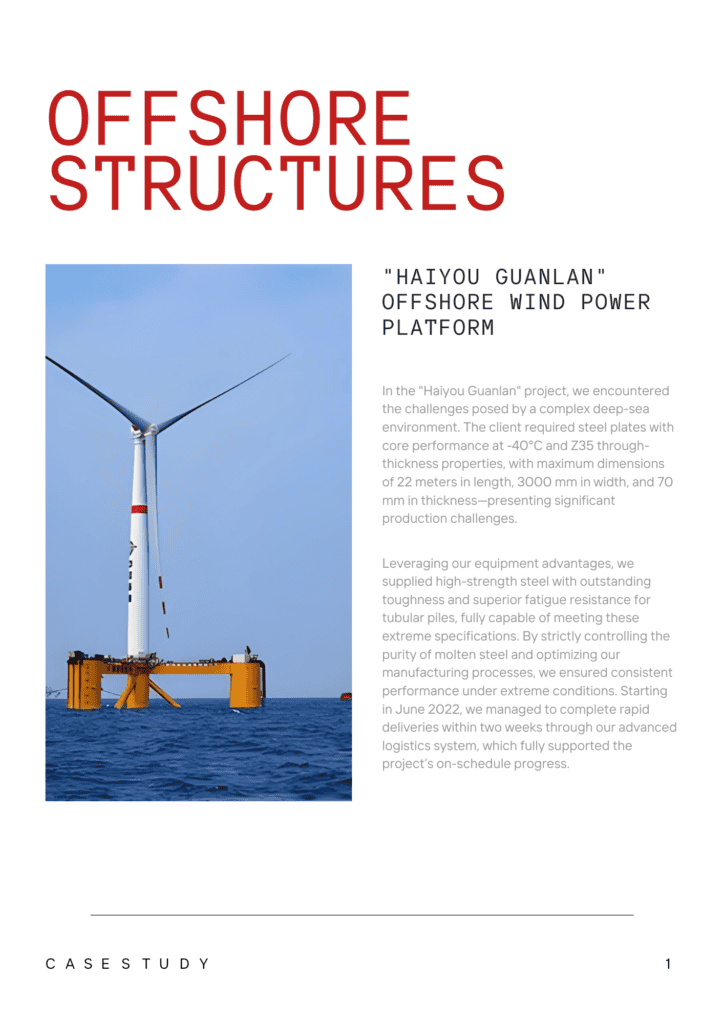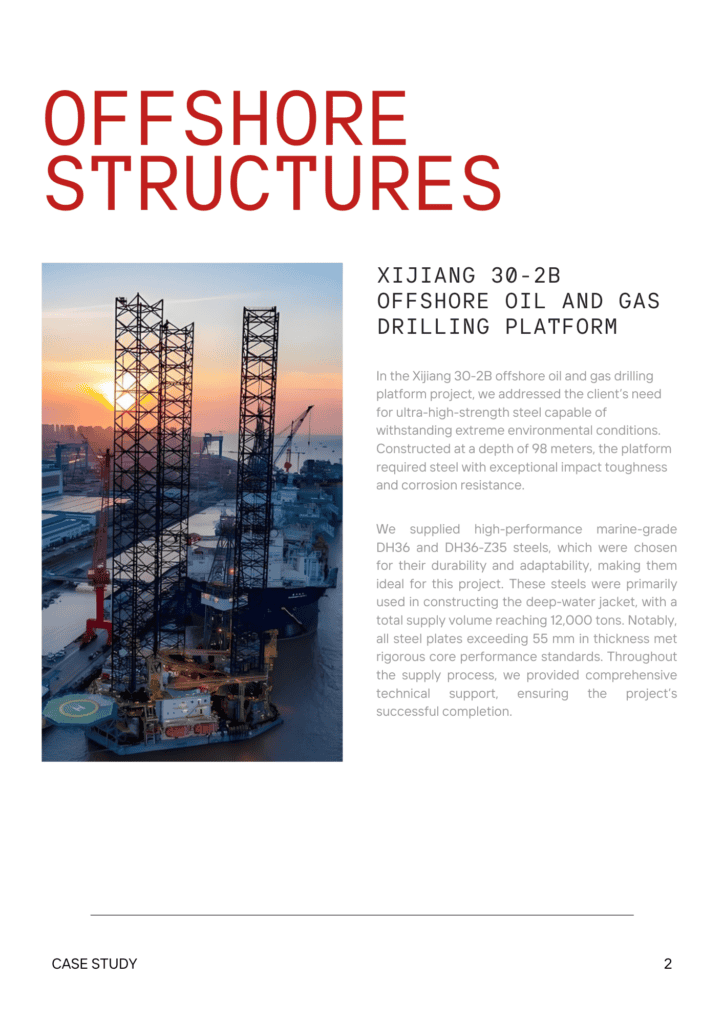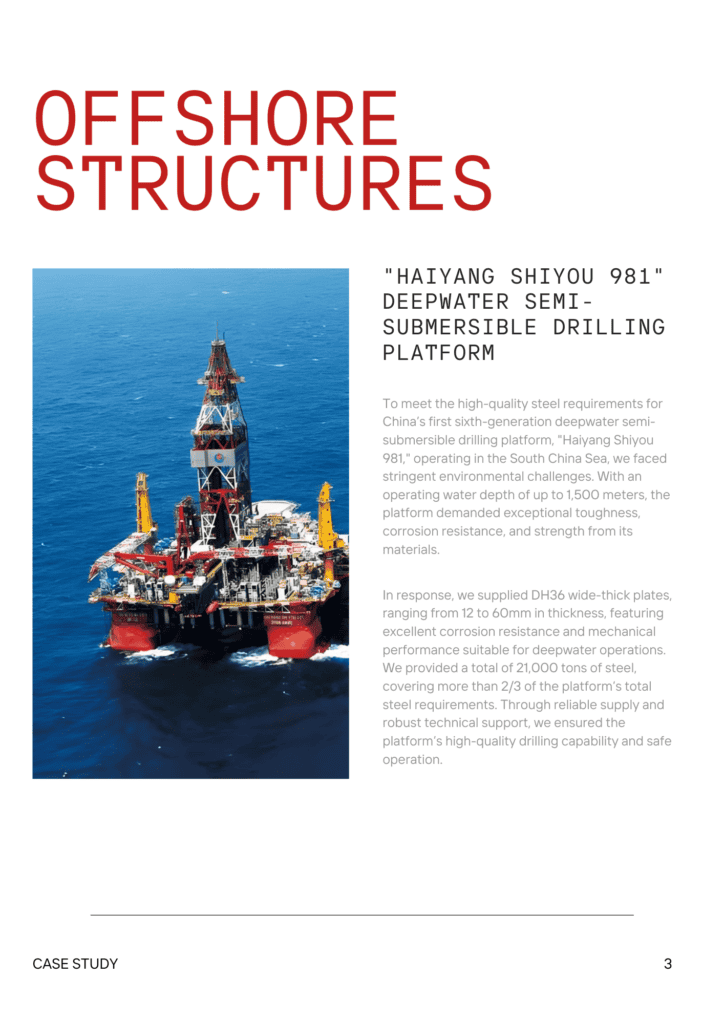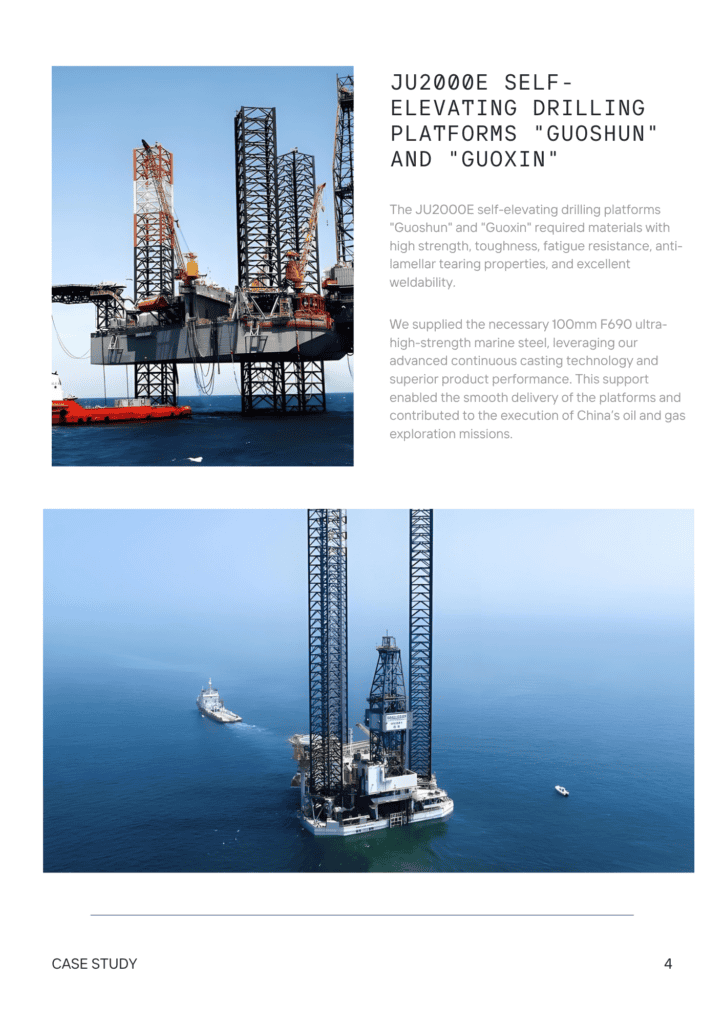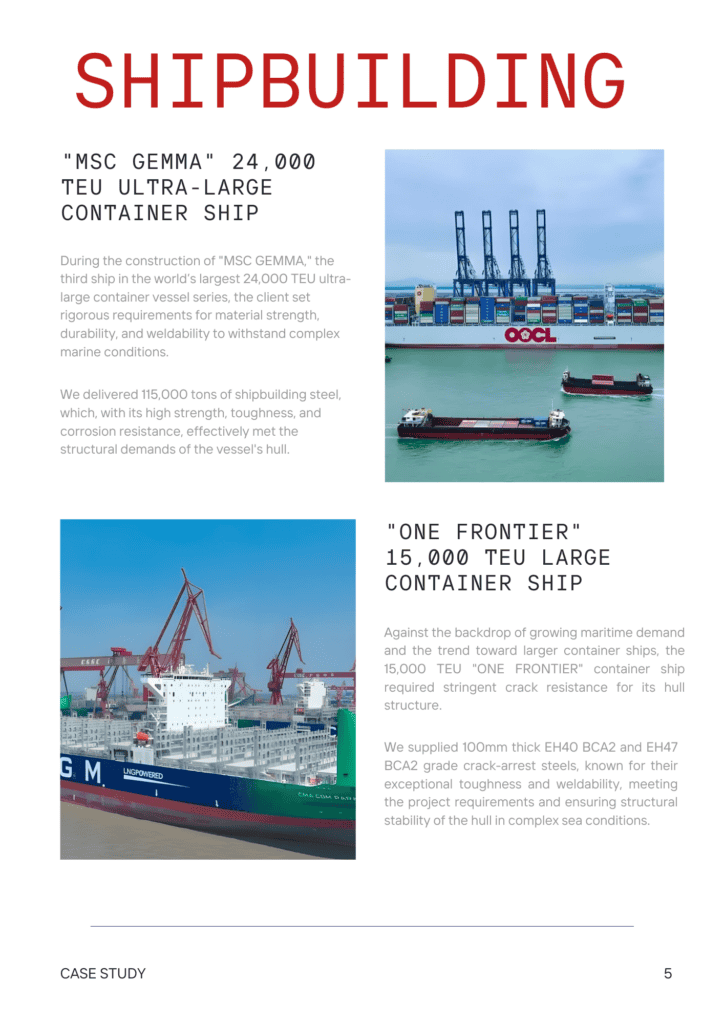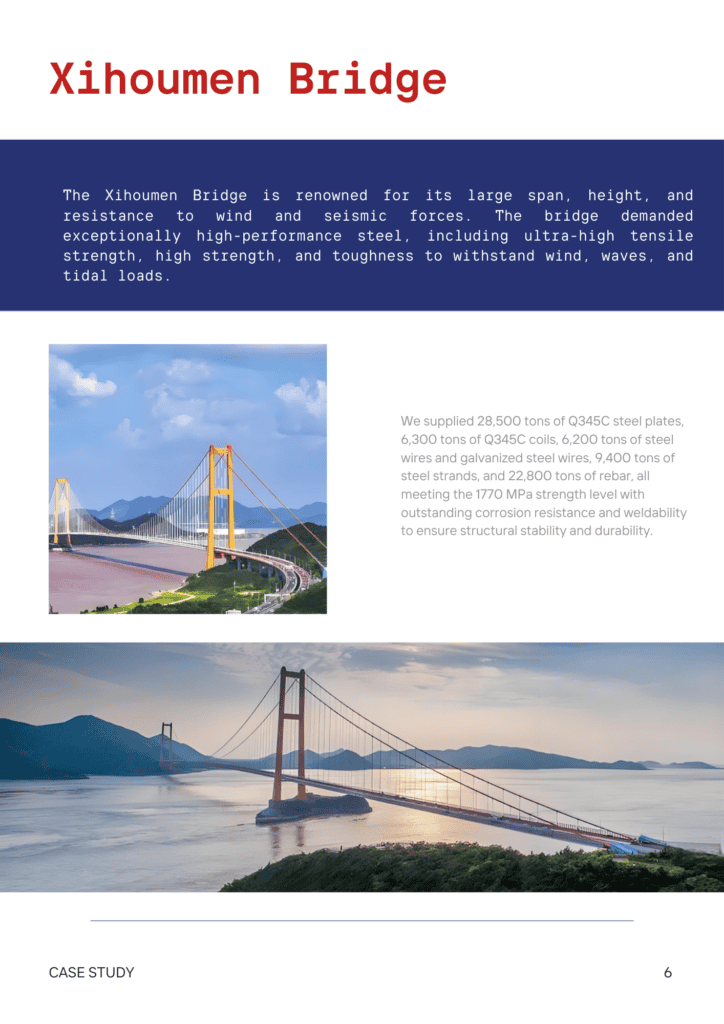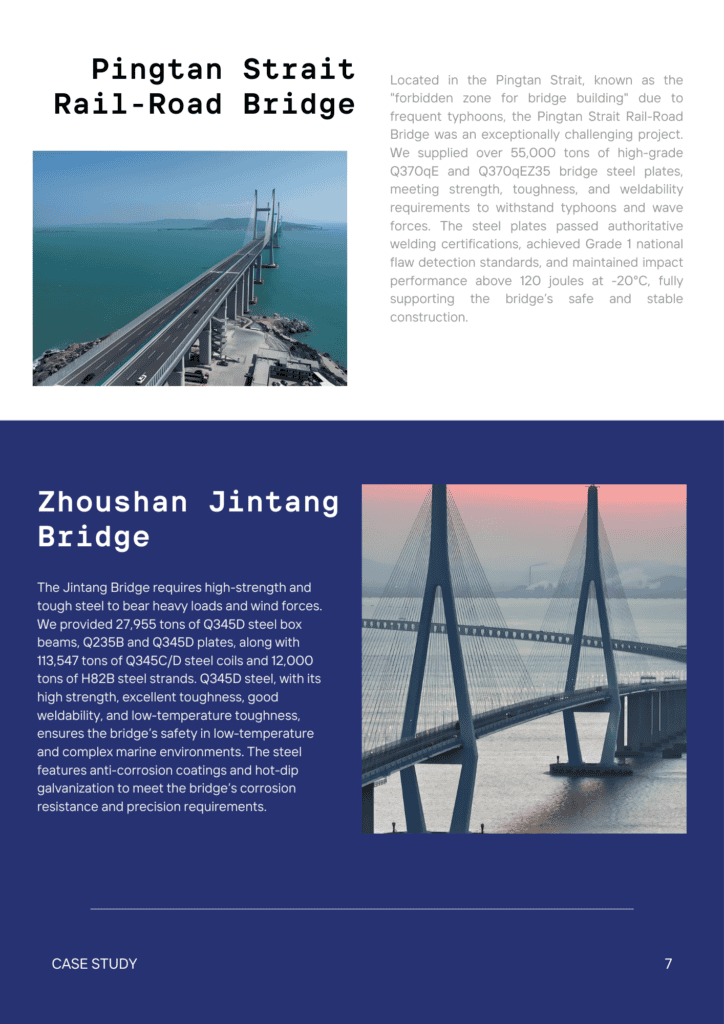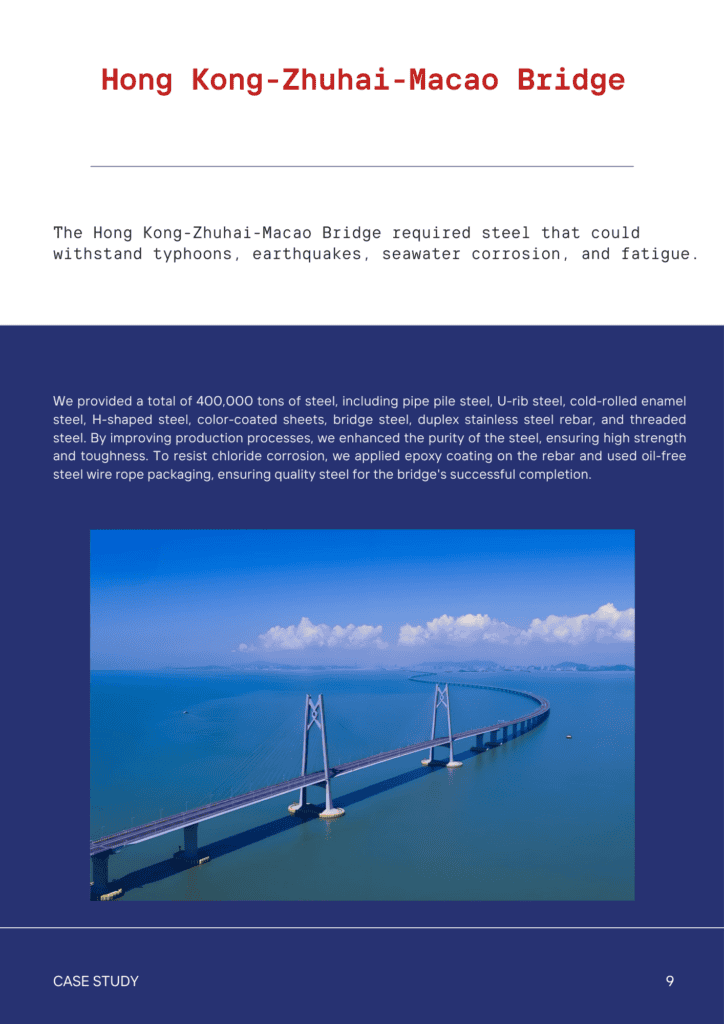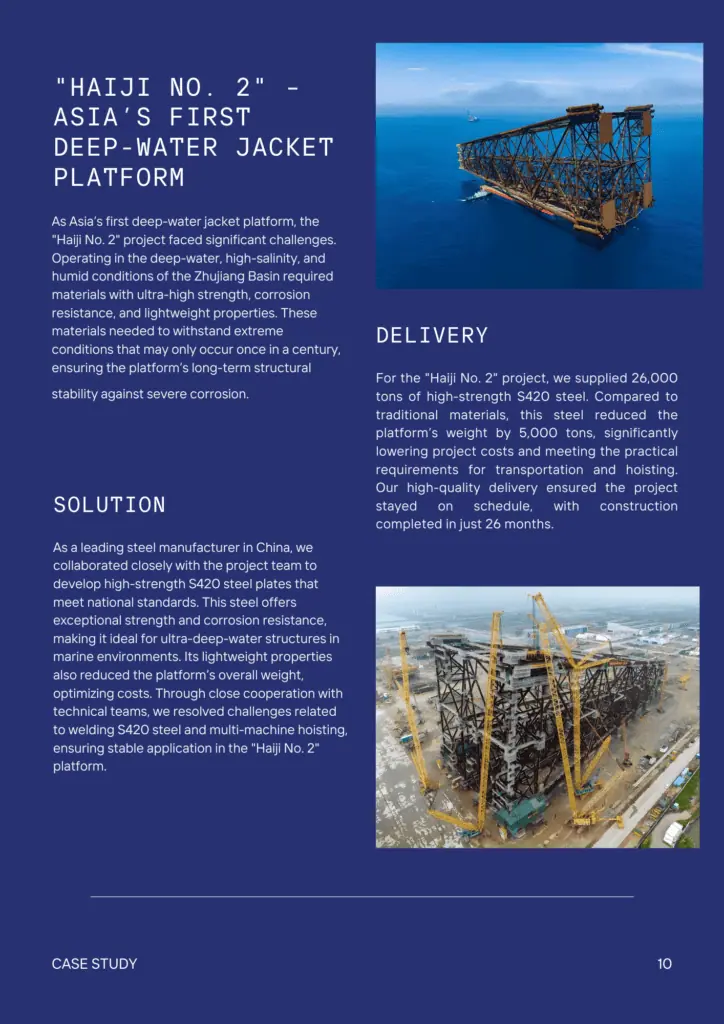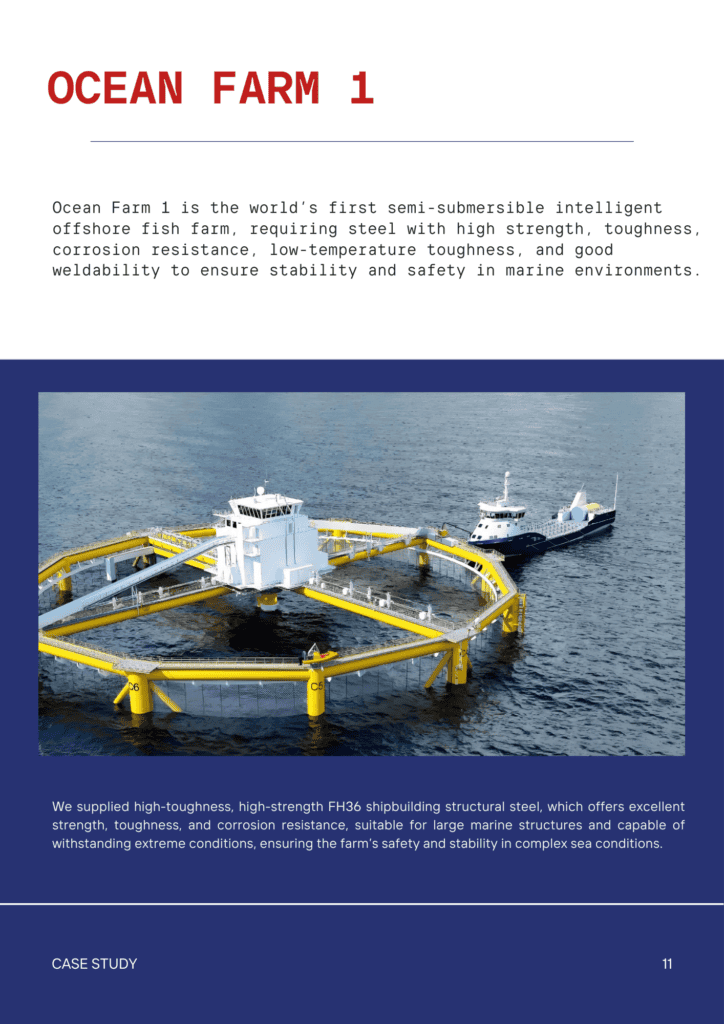Contents
Knife Steel Types And Grades: Performance Guide To Find The Best One
- John
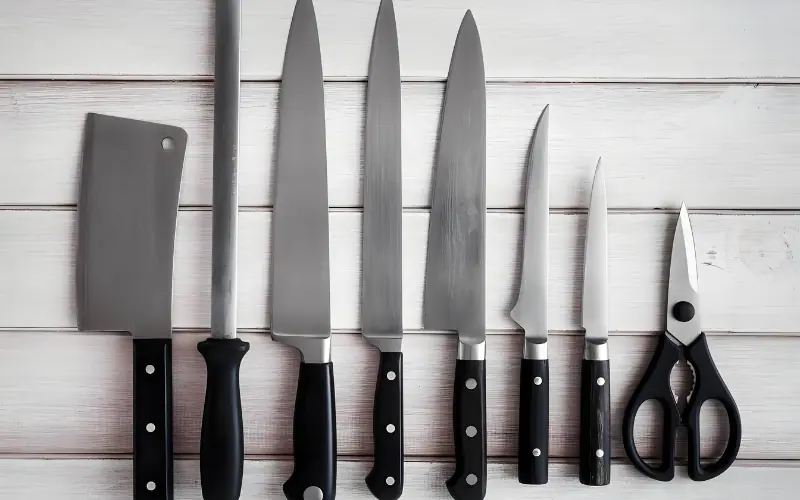
Are you confused about knife steel? SteelPro Group is here to help! As leading suppliers of premium knife steel, we’ll guide you through the maze of types, grades, and properties.
What is Knife Steel?
Knife steel is a special alloy made for blades, including carbon, chromium, vanadium, and molybdenum. It combines properties like sharpness, strength, toughness, and corrosion resistance. Blade steels come in various types like carbon steel, stainless steel, tool steel, and powder metallurgy (PM) steel. SteelPro Group supplies knife steel in the form of bars, sheets, and plates.
Key Properties of Knife Steel
The key properties of knife steel can determine how your blade will perform, how long it’ll stay sharp, and how much care it’ll need. Now, ready to sharpen your knowledge of what makes a stellar blade:
Hardness
This is your knife’s resistance to deformation. Harder steels can take and hold a sharper edge, but they’re also more prone to chipping. Measured on the Rockwell C scale (HRC), most knife steels fall between 55-64 HRC. A blade with a higher HRC will keep its edge longer but might require more careful use.
- CPM-S30V and M390 are renowned for excellent edge retention.
Toughness
Think of this as your knife’s ability to withstand stress without breaking. Tough steel can handle impact and flexing, making it great for heavy-duty tasks. However, extremely tough steels might not hold an edge as well as harder options. It’s all about finding the right balance for your needs.
- 1095 carbon steel and AUS-8 are known for their good toughness.
Wear Resistance
This property determines how well your knife stands up to abrasion. High wear resistance means your blade stays sharp longer during use. It’s influenced by the steel’s hardness and the presence of specific carbides. For instance, vanadium carbides can significantly boost wear resistance.
- M390 and 20CV are renowned for their exceptional wear resistance.
Corrosion Resistance
This is your blade’s defense against rust and chemical degradation. Stainless steels, with their high chromium content, excel here. For knives used in damp environments or food prep, good corrosion resistance is a must-have.
- VG-10 and S30V are two common knife steels known for their excellent corrosion resistance.
Edge Retention
This refers to the ability of the steel to maintain a sharp edge over time, even after repeated use. Great edge retention means less frequent sharpening, but these steels can be more challenging to resharpen when the time comes.
- CPM-S30V and M390 are renowned for excellent edge retention.
Ease of Sharpening
Some steels are harder to sharpen than others. While steels with higher hardness hold an edge longer, they are typically more difficult to sharpen. On the other hand, softer steels are easier to sharpen but may not retain their edge as effectively.
1095 carbon steel is known for its ease of sharpening, while super steels like S110V are more challenging.
Remember, no single steel is perfect in all these areas. The key is finding the right balance for your specific needs. Happy knife hunting!
Common Knife Steel Types
Now let’s explore some common types you’ll encounter in the knife work to help you make an informed decision when choosing your next blade.
Carbon Steel
Carbon steel is valued for its ability to take a very sharp edge and its ease of sharpening. The high carbon content in the steel allows for a fine, sharp edge, but it makes the steel more vulnerable to moisture. It is prone to rusting and requires more maintenance.
Ideal for: Traditional woodworking tools, high-performance kitchen knives, and outdoor knives for those who don’t mind maintenance.
Example grades: 1095, O1, 52100.
Stainless Steel
Stainless steels are resistant to rust and corrosion due to the presence of chromium. These steels generally offer a good balance of sharpness, edge retention, and durability, although they may not achieve the same edge sharpness as high-carbon steels.
Ideal for: Kitchen knives, folding knives, and everyday carry knives.
Example grades: 440C, VG-10, S30V, 154CM.
Tool Steel
Known for its toughness and resistance to wear and abrasion. Tool steels can withstand heavy use and impact but may not achieve the fine sharpness of higher-carbon steels.
Ideal for: Heavy-duty cutting tasks, outdoor survival knives, and some specialized kitchen knives.
Example Grades: D2, A2, M4.
Powder Metallurgy Steel
Created by a powder-based manufacturing process, these steels often combine the best properties of hardness, wear resistance, and corrosion resistance. They tend to be more expensive but offer excellent performance.
Ideal for: High-end knives, especially those designed for heavy use or specialized tasks.
Example gades: CPM S30V, CPM 20CV, Elmax.
Common Knife Steel Grades
Knife steels vary widely in terms of composition and performance characteristics. High-carbon steels offer great edge retention and are relatively affordable, though they require proper care to prevent rust. Stainless steels, on the other hand, provide excellent corrosion resistance, making them ideal for outdoor or kitchen applications, though they may sacrifice some edge retention.
Tool steels and powder metallurgy steels are designed for high-performance, providing exceptional toughness and wear resistance, but they often come at a higher price point. For those seeking a balance of beauty and functionality, composite steels like Damascus offer a unique combination of materials.
This overview of popular knife steels helps you understand the unique attributes of each type, ensuring a better-informed decision when selecting a blade material.
| Type | Grade | Features |
| High Carbon Steels | 1095 | Affordable, excellent edge retention, prone to rust. |
| W2 | High hardness, great edge retention, prone to rust. | |
| 1050 | Moderate carbon, tough, easy to sharpen, less edge retention. | |
| Stainless Steels | 440C | Good hardness, wear resistance, corrosion-resistant, affordable. |
| S30V | Premium, great edge retention, corrosion resistance, higher cost. | |
| VG-10 | Excellent edge retention, corrosion-resistant, popular in kitchen knives. | |
| AUS-8 | Good balance of edge retention, toughness, and corrosion resistance. | |
| N690 | Similar to 440C, better corrosion resistance, moderate price. | |
| Tool Steels | D2 | High wear resistance, semi-stainless, requires maintenance for rust. |
| CPM-3V | Exceptional toughness, wear resistance, higher cost, used in heavy-duty knives. | |
| Powder Metallurgy Steels | CPM-S30V | Premium, excellent edge retention, corrosion resistance, higher cost. |
| CPM-20CV | High wear resistance, edge retention, and corrosion resistance, costly. | |
| M390 | Superior performance, great wear resistance, high cost. | |
| Super Steels | Elmax | High wear resistance, great edge retention, tough, high cost. |
| ZDP-189 | Exceptional edge retention, hard to sharpen, very expensive. | |
| Coated/Composite Steels | Damascus | Beautiful pattern, balanced sharpness, toughness, rust resistance, expensive. |
What is the Best Knife Steel?
The “best” knife steel depends on the intended use of the knife and the user’s preferences. There’s no single answer, as different steels excel in different areas:
For Everyday Carry (EDC) Knives: S30V or S35VN are popular choices due to their excellent balance of toughness, edge retention, and corrosion resistance.
For High-Performance Kitchen Knives: VG-10 or Damascus steel (often layered steel, providing both performance and aesthetic appeal) are frequently used for their ability to maintain a sharp edge and resist corrosion.
For Tactical or Survival Knives: High-carbon steels like 1095 or tool steels like D2 offer toughness and durability under extreme conditions.
For Rust Resistance: Stainless steels like 440C or CPM 20CV offer excellent corrosion resistance for knives used in marine or wet environments.
Forge Your Perfect Blade: Expert Support from SteelPro Group
SteelPro Group offers a wide range of steels, including the popular D2, in various forms like bars and plates . Our expertise extends beyond supply to custom cutting, heat treatment, and finishing. Whether you’re a hobbyist or a manufacturer, we’re here to help you create exceptional knives.




